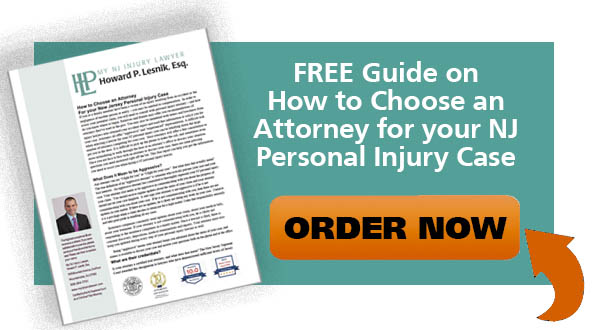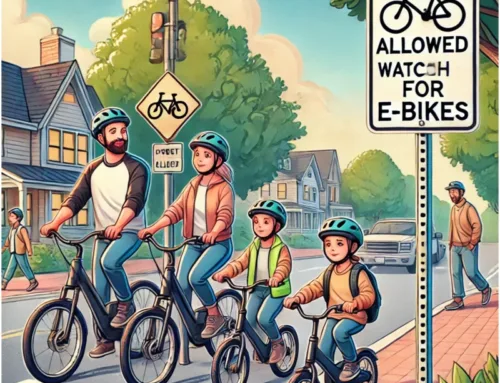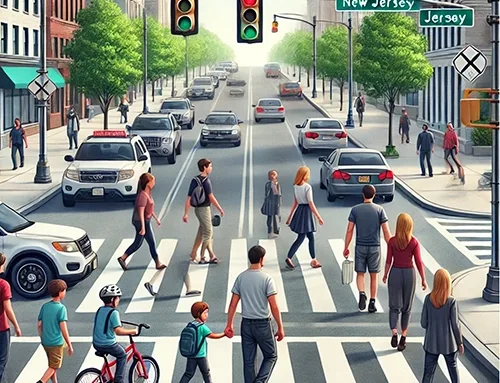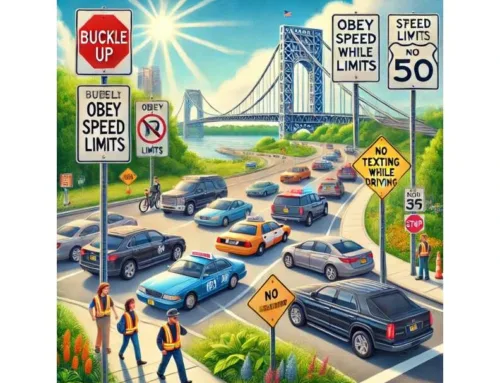The last two years on New Jersey roads have not been what anyone would describe as safe. In terms of automotive fatalities, though, the roads have only gotten more dangerous for New Jersey’s most vulnerable road users – pedestrians, cyclists, skateboarders and scooter riders. In 2020, New Jersey had the eighth highest number of pedestrian car crash fatalities in the country, with 197 pedestrian deaths according to the New Jersey State Police Fatal Accident Investigation Unit. This number accounted for 34 percent of all New Jersey’s car accident fatalities. New Jersey pedestrians died at a rate 9 percent higher than the national average that year. The fatality numbers for 2021 were even worse, with 223 pedestrian deaths, including 6 children. That year cyclist deaths nearly doubled relative to 2019 figures, jumping from 12 fatalities to 23. New Jersey legislators saw that action needed to be taken to protect the most vulnerable people using the state’s roads, resulting in the signing of New Jersey’s Safe Passing Law on August 5 of last year; it went into effect at the beginning of March. New Jersey lawmakers aimed to end this chapter of gloom and doom on the roadways.
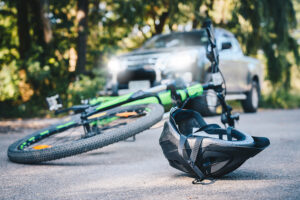
The State of New Jersey did not pioneer this kind of safety legislation. It was actually the 42nd state to enact a law to protect pedestrians and cyclists from passing cars. However, NJ now boasts America’s most comprehensive safe passing laws.
Move Over or Get Pulled Over
What is required of NJ drivers is simple: when approaching to overtake a pedestrian, cyclist, scooter user, or rider of a similar conveyance, the motorist must change lanes in order to occupy a lane not adjacent to the pedestrian or conveyance if another travel lane exists and traffic conditions allow the motorist to change lanes safely. If a lane change is not possible – for instance, because it is a single-lane road or has only one lane in each direction – the NJ driver must leave “a reasonable and safe distance” of 4 feet at minimum between their own vehicle and the pedestrian or conveyance as they approach and maintain that distance until they have safely overtaken the other party. If the road is narrow enough that leaving a distance of at least 4 feet is not safe, the driver must slow to either 25 mph or the posted speed (whichever is lower) and be prepared to stop and may only pass the pedestrian or conveyance if doing so does not endanger any road users. The fine for failure to adhere to these requirements is $100 with no points taken from one’s license, unless the violation results in bodily injury, in which case the fine is $500 and 2 license points.
The dangerous overall safety conditions for New Jersey’s most vulnerable road users sparked this new traffic safety measure. This law was brought on by a tragedy that forced lawmakers to take action, as is often the case. The devastating and preventable death of Oscar Zanoni, a Metuchen resident who was struck and killed by a tractor trailer on Route 27 in Edison while riding his electric bicycle, inspired a popular campaign to encourage lawmakers to pass legislation to protect pedestrians, cyclists, and other vulnerable users of New Jersey’s roads, and to make motorists more aware of the vulnerable neighbors with whom they share the roads. Due to a brain aneurysm at the age of 9 which he fought to recover from, Zanoni was unable to drive a car, and so his bicycle was his primary form of transportation. On July 29 of last year, the date that would have been Zanoni’s 46th birthday, his friends and family as well as safety advocates held an assembly in his honor to encourage lawmakers to vote for the Safe Passing Law.
Of course, the new legislation can only protect vulnerable road users if NJ drivers are aware of the changes, and pedestrian and cycling safety advocates are concerned that insufficient publicity has been given to the Safe Passing Law. As such, the New Jersey Bike & Walk Coalition and their advocacy partners have plans to launch a major public awareness campaign to educate NJ drivers about the new changes in May. It is their hope that the new legislation, and increased popular awareness of its provisions, can reverse the trends that have made 2021 the deadliest year for pedestrians, cyclists, and users of similar devices in the past three decades.
Contact MyNJInjuryLawyer Howard P. Lesnik
If you or a loved one suffered an injury in an accident in NJ, you should contact an attorney familiar with handling these claims. An experienced NJ Injury Lawyer will know how to obtain medical records, videos, photographs, experts, locate witnesses and contact the insurance company so you can make a claim for your injuries.
My NJ Injury Lawyer Howard P. Lesnik, Esq. offers complimentary strategy sessions to address any issue or questions you may have for your injury claim in NJ.
Please contact NJ Injury Lawyer Howard Lesnik, Esq., immediately if you were involved in an accident. I personally handle NJ personal injury cases on a regular basis. Please contact me now by email, by phoning 908.264.7701, or by completing the form to the right to schedule your complimentary 30-minute strategy session.


